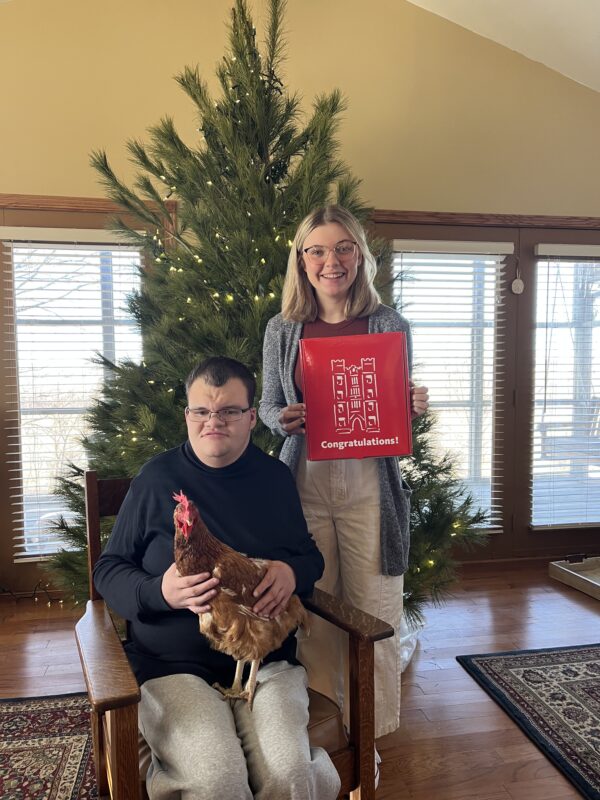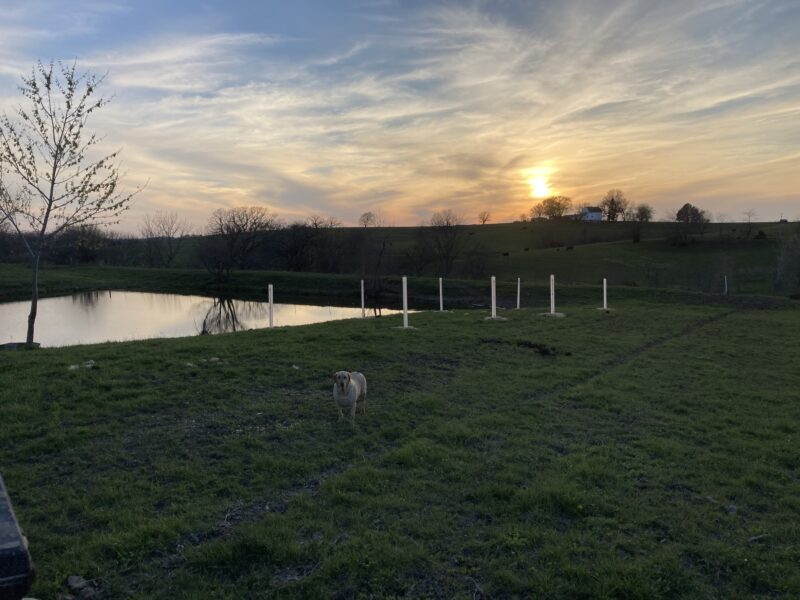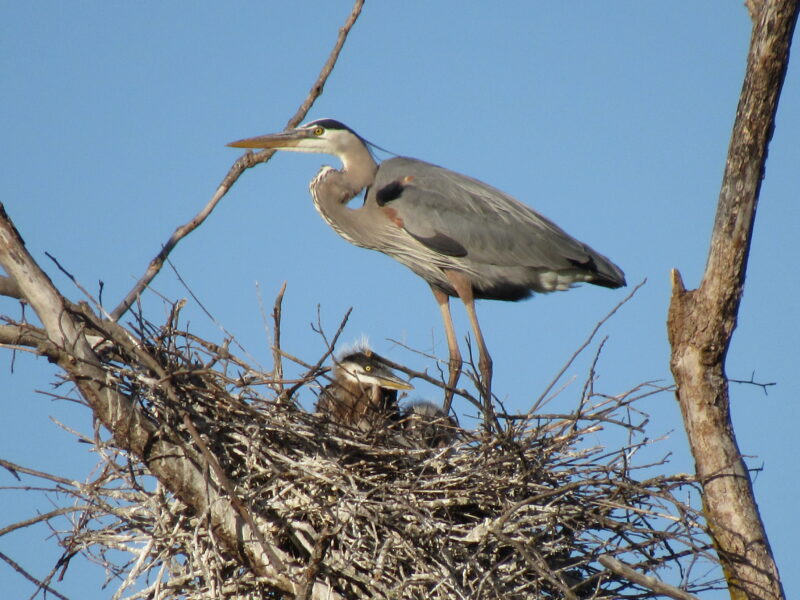Climate Land Leader Seth Watkins shared this update with the cohort on our December 2023 call. Seth is a fourth-generation farmer in Southwest Iowa.

I’ve spent the last 40 years trying my best to build an efficient and profitable crop and cattle operation. Like most of my fellow farmers I have followed a model that depends upon increasing acres to maintain profitability. Along the way I have implemented numerous ecological solutions that improve soil health, water quality, biodiversity, reduce my need for fossil fuel and even sequester significant amounts of carbon back to our soil. There is no question these practices make a difference, and I have received kind and appreciated recognition for my efforts to promote sound ecological practices.
But what has bothered me (kept me up at night) the most over the last several years is the fact that I have dozed out 10 farmsteads to build the 4,000-acre efficient and ecologically sound farming operation I operate today. The conclusion I have come to is that if we are serious about building a peaceful and sustainable future, we have to do 2 things:

1. Make our farms smaller and more diverse.
2. Create opportunities for more farmers to care for smaller and more diverse farms. Ideally these farmers should have a way to ultimately own the land they care for.
So… starting last year I decided to take my farming operation from 4,000 owned and rented acres to the 400 acres I own. The first step has been transferring my rented acres to 5 young farmers. This began with 120 acres of pasture. This year I sold my equipment and some cattle to a landlord’s grandson, and next year I will wrap up by transferring the last of my crop acres to two brothers.

This will allow me time to focus on my own 320 acres and 80 rented acres that adjoin my property. My plan is to diversify my cattle operation to include sheep, goats, tree crops, and tourism opportunities like hunting, glamping, and hopefully some kind of outdoor concert venue that can bring people from my community out to enjoy Pinhook Farm. I want to spread the message beyond farmers on what we can do in agriculture – and we can’t do it without the public.
What I am going to share is how this process is going and what I believe might be helpful to other landowners.
My first step was to protect the land.
Protect the land. I’ve found an easement is the most powerful tool available to do this. Figure out what you want protected… No development? No timber? Forage or crops? Wetlands? If you want to serve the land you have to protect it with an easement. I don’t know if anyone is following me in farming. I placed my own 320 acres in an easement to ensure the land will always be in permanent forage, no crops and no development. This did encumber my title, and it did reduce the value. But it also ensures a young farmer has a fair chance at buying land without competition from development or crops if I decide to sell.

Raise kind, humble, and pragmatic kids. If their only objective is top dollar they are doing a disservice to the land and in the long run themselves. If you care about your kids, bestow upon them how precious land is and the true value of natural capital.
Succession: Be clear with your goals. If you want your farm to stay together, protect it with an easement or sell it with an easement if your kids are not interested. This can prevent a lot of pain. Understand that fair and right may not be the same thing. Consider donating land, perhaps even back to a tribe.
Be realistic with your expectations from the land.
Try to write long term leases. I am working on 5-year contracts with the farmers taking over.
Find ways to share risk with your tenant. This could be going back to crop share or leases where with the equipment we have today there are ways to share the risk that are better than a straight cash rent arrangement.
Match dividends (rent) to realistic expectations. I view land as a growth stock not a dividend stock. When people buy Berkshire Hathaway “Baby B” stock, you don’t look at it to draw a dividend every year, you look at it for its long-term growth, and I think our land should be viewed the same way.
Where am I?
I have completed the transaction on much of my farm equipment. Taxes are manageable. What I did not account for is the potential impact on my daughter’s financial aid for college. As a farmer I did view these assets as part of my retirement savings. I never thought about the impact on financial aid. This is by no means a crisis, and I have been able to sell at a high in the equipment cycle. Just an up and a down for 2023.

I purchased a flock of sheep last February to begin my diversification of species beyond cattle. I am having to build lots of sheep-tight fence, gates, and sheep-accessible waterers. But the sheep are wonderful, and I wish I would have added them years ago. Very much an up.
I have started planting chestnut and northern pecan trees in addition to the oaks and other trees I plant. The up is I love the potential I see in permaculture. The down is there is very little actual support for both cost and technical support and planning. This venture in making my farm smaller is teaching me how much I have to learn about agriculture. My goal is to plant 37 trees for every internal combustion engine I have. My dream is to be able to walk through the farm some day and pick dinner. I hope I can see that in my lifetime – or with the easement, I know I’m protecting the trees if I’m not part of it.
To help myself and other farmers apply and provide ecological services, I have helped bring a Canadian nonprofit called ALUS (Alternative Land Use Services) to Southwest Iowa. Our objective is to help farmers implement the practices not addressed by NRCS (Natural Resources Conservation Service) and/or enhance these practices. We have successfully formed a farmer-led group and have received generous support from Iowa West Foundation and The Walton Family Foundation.
Hopefully 2024 will bring more sheep, more trees, and more farmers working together to provide more biodiversity solutions on the land where I live.
